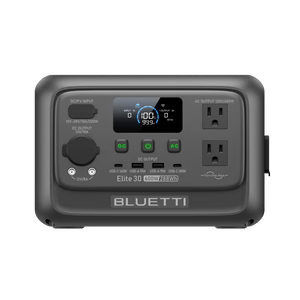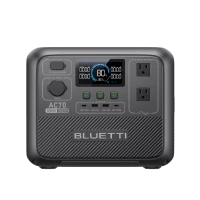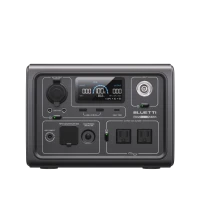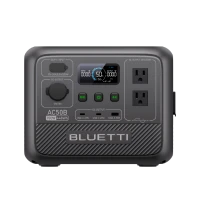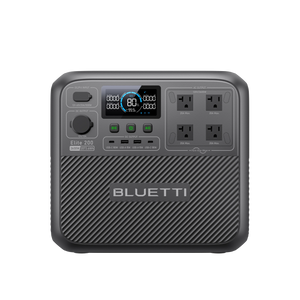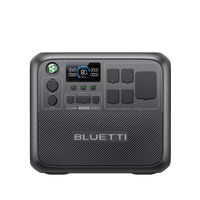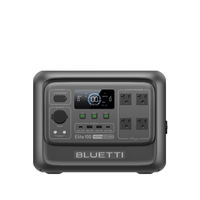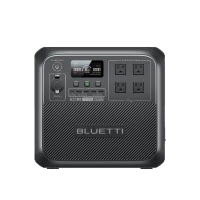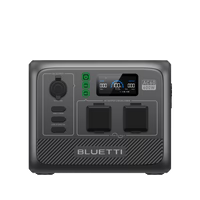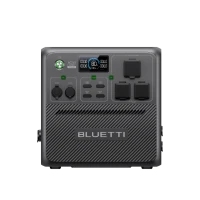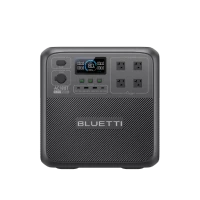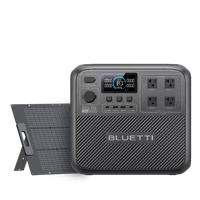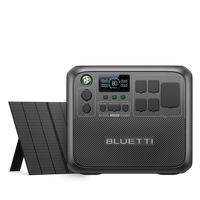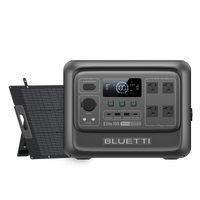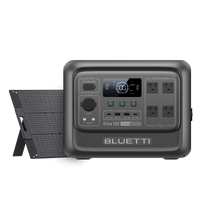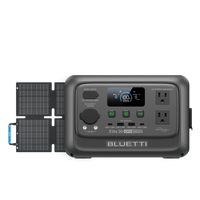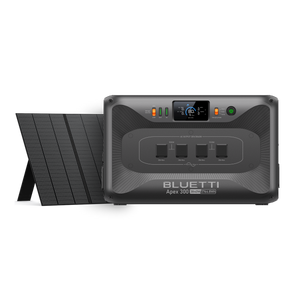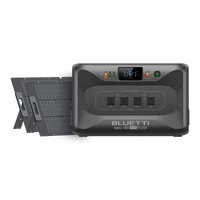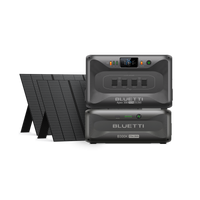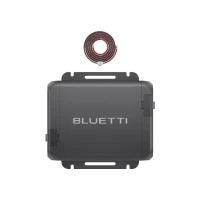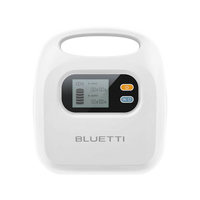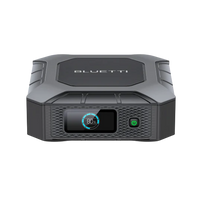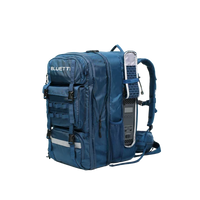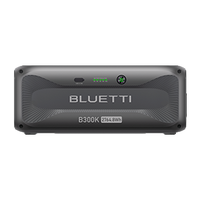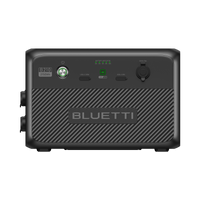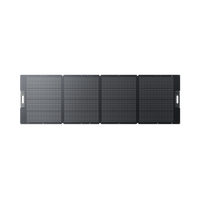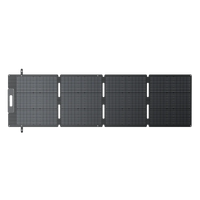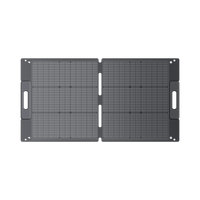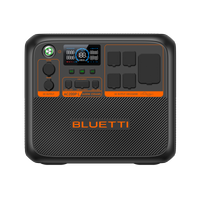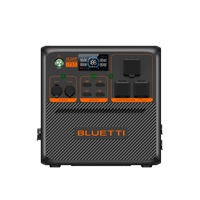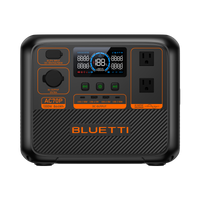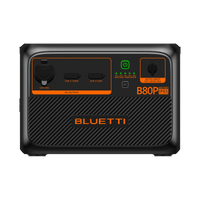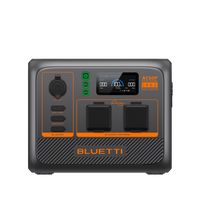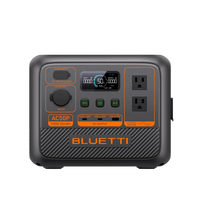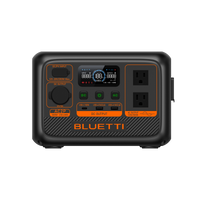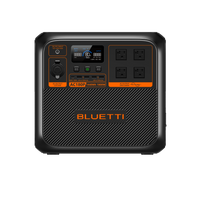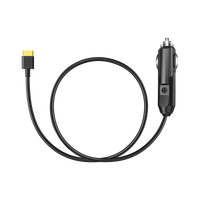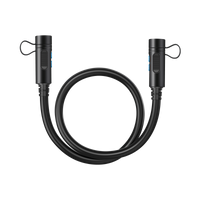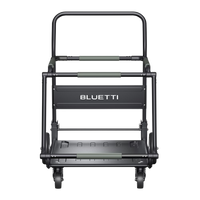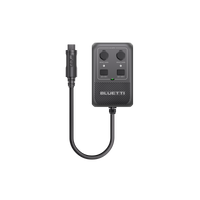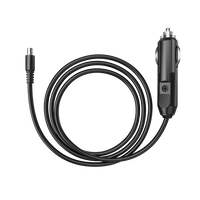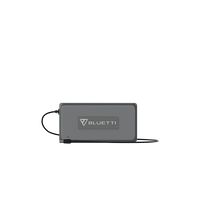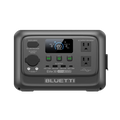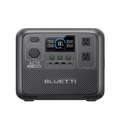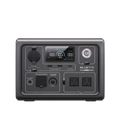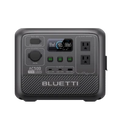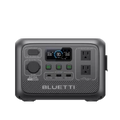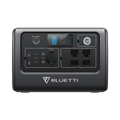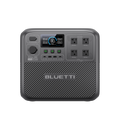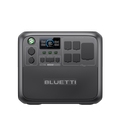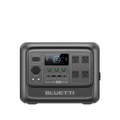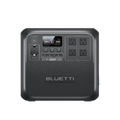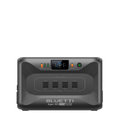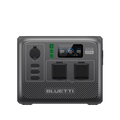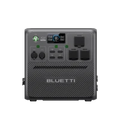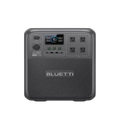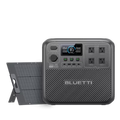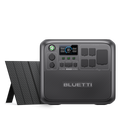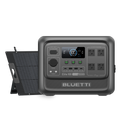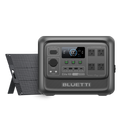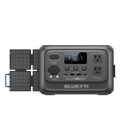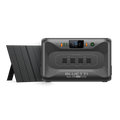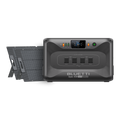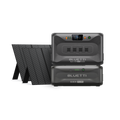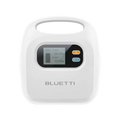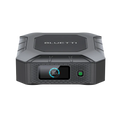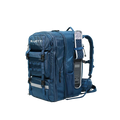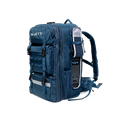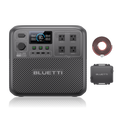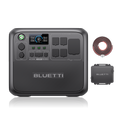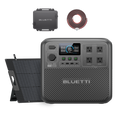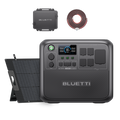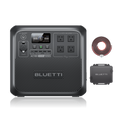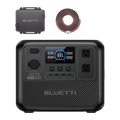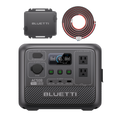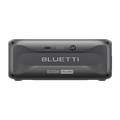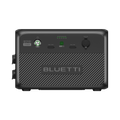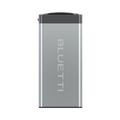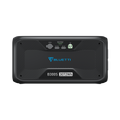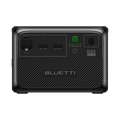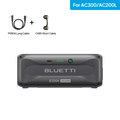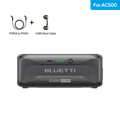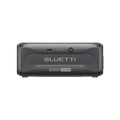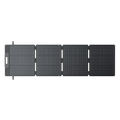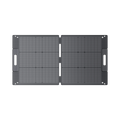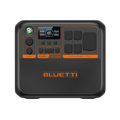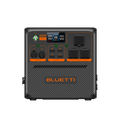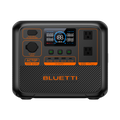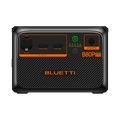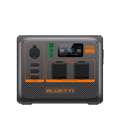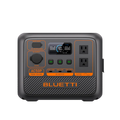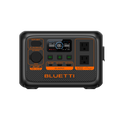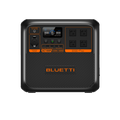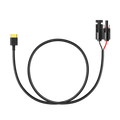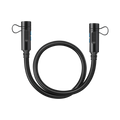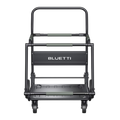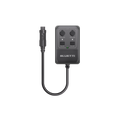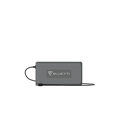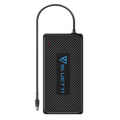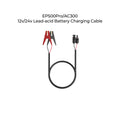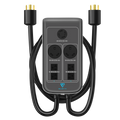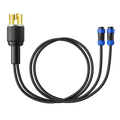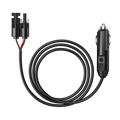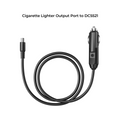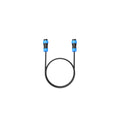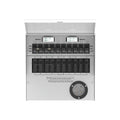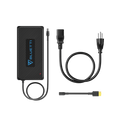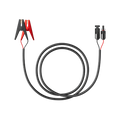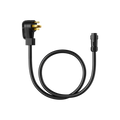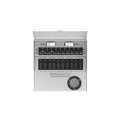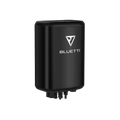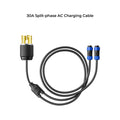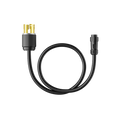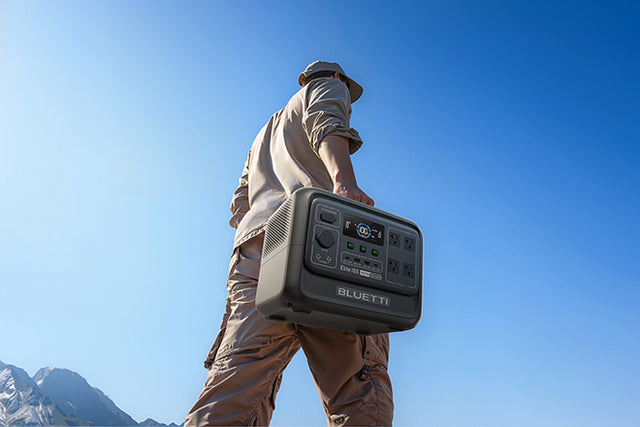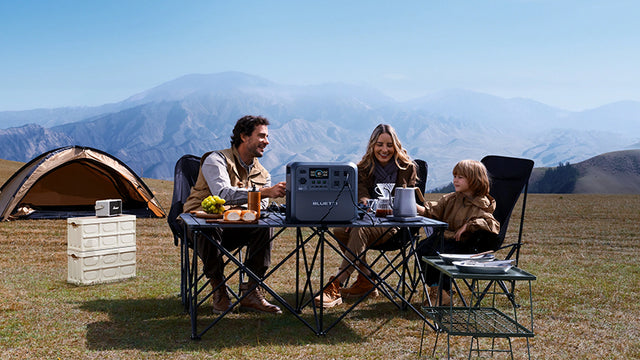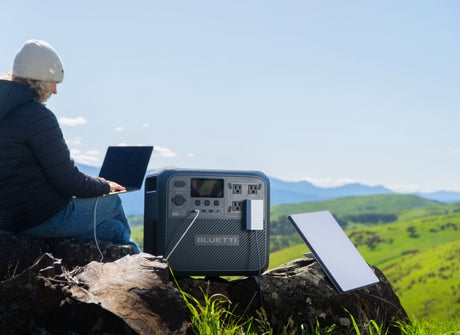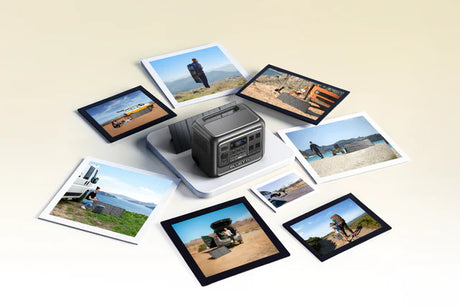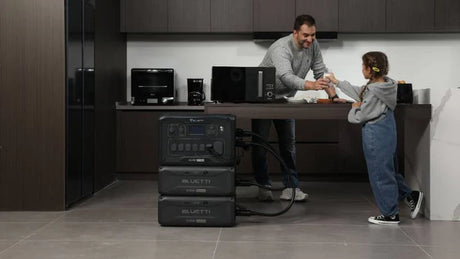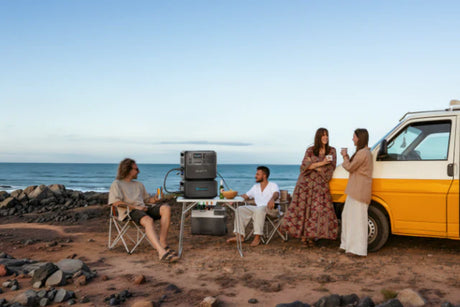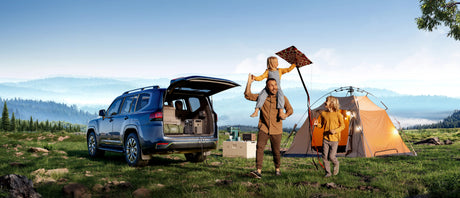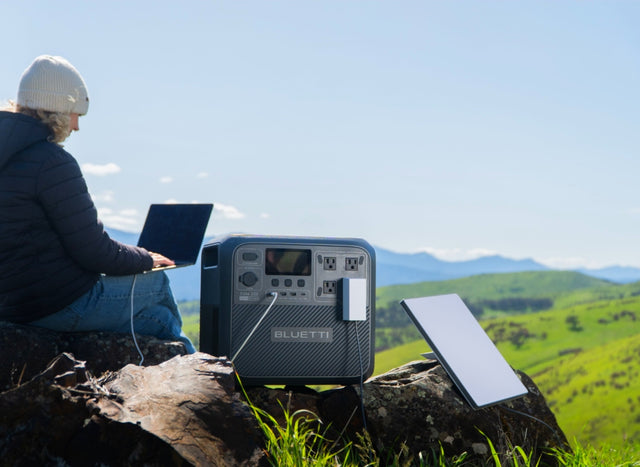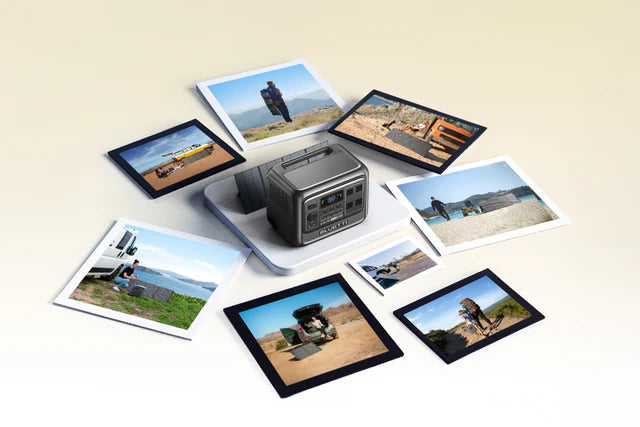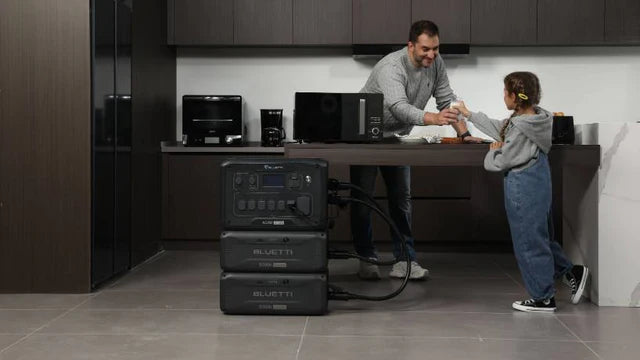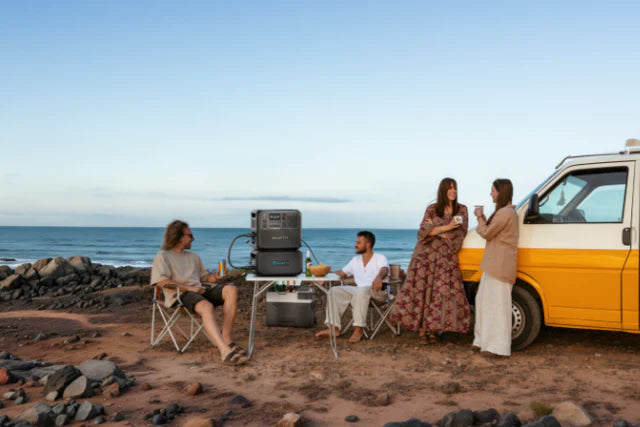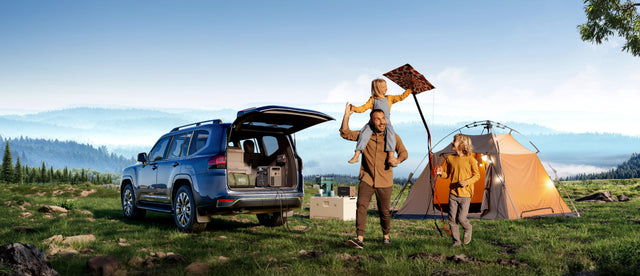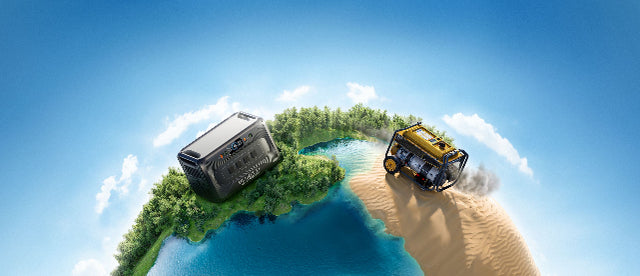Driving in winter can be a scary thing for some. So, with icy roads and dropping visibility, that means it's time to prep your vehicle for the upcoming months. In this article, we’ll discuss the advantages of winter tires, when to switch to them, essential gear for winter driving, and how portable power stations can enhance the impact of your winter preparation.
Understanding Winter Tires and Their Benefits
When winter approaches, many drivers face a crucial decision: to switch to winter tires or not. Unlike all-season tires, winter tires are specifically designed to handle the challenges of cold weather. Here’s why they might be the best choice for your vehicle:
- Enhanced Grip: Winter tires are made from a softer rubber compound that remains flexible even at freezing temperatures, providing better traction on snow- and ice-covered roads.
- Unique Tread Patterns: These tires feature deeper grooves and biting edges that channel snow and slush away, preventing hydroplaning.
- Improved Braking Distance: On icy roads, winter tires significantly reduce braking distances, offering added safety.
Making the switch to winter tires not only improves your safety but also enhances your vehicle’s performance during adverse weather conditions.

The Hidden Costs of Delaying Changes to Your Tires
A. Increased Fuel Consumption
When you delay changing your tires, you’re not just risking safety; you’re also burning a hole in your pocket. Old tires may cause your vehicle to drink more fuel than it should. Here's why:
- Less grip means that your engine has to work harder.
- Uneven wear is increasing rolling resistance.
- Improper inflation (common with old tires) decreases the efficiency of petrol.
|
Tire Condition |
Estimated Fuel Efficiency Loss |
|
Slightly Worn |
3-5% |
|
Moderately Worn |
5-10% |
|
Severely Worn |
10-15%or more |
B. Reduced Vehicle Safety
Your tires are the only thing keeping your car on the ground. Any delay in changing your tire compromises this vital connection, resulting in:
- Increased stopping distance, especially in wet conditions
- Poor handling and reduced stability during movement.
C. Higher Risk of Accidents
With winter around the corner, the dangers of worn tires compound. You’re more at risk of: Loss of control on icy/snowy roads
- Skidding during sudden braking
- Not being able to find your way through deep, fresh snow
D. Potential for Expensive Repairs
That means a flat tire, bottoming out, suspension damage, and even more expensive wheel replacement.
- Wheel misalignment
- Suspension system stress
- Over time, it could cause premature wear on other vehicle components.
When you know what these hidden costs are, you can better appreciate why the tire change is done on time. Now, let’s examine the signs that tell you to change your tires.

When Should You Install Winter Tires?
There's a timing element in changing your tires. But when is it time to switch?
Time to switch tires
Tread Depth Measurement
You can quickly determine whether your tires have too much or not enough tread with the penny test. Take the penny face down showing the President's head and put it in the groove. If you can see the President's head it's time for a new tire. Don't use tires that are worn close to 4 mm (5/32) tread depth on snow-covered roads.
Uneven Wear Patterns
Check your tires for uneven wear, which can signal alignment or suspension problems. What to look for: Shoulder wear: More wear on the outer or inner edges than the center
Center wear: The middle of the tread wears more than the edges.
- Cupping: Scalloped dips around the tire's circumference
- Wear Pattern Possible Cause Action Needed
|
Wear Pattern |
Possible Cause |
Action Needed |
|
Shoulder wear |
Improper inflation/misalignment |
Adjust pressure, check alignment |
|
Center wear |
Overinflation |
Reduce tire pressure |
|
Cupping |
Worn suspension parts |
Replace worn components |
Age of Tires
Some tires just don’t look bad enough to worry about, but age is important. Tires are usually replaced every 6-10 years, according to most manufacturers, regardless of the tread depth. To determine the age of your tires, check the DOT code printed on the sidewall.
Visible Damage or Bulgeshead
Regularly inspect your tires for:
- Sidewall cuts or cracks
- Bulges or blisters on the tire surface
- Exposed steel belts
They are all signs of possible tire failure and should immediately be replaced.
Vibration While Driving
The recommendation is if you feel unusual vibrations while driving, especially at higher speeds, it could be a sign of tire problems. Causes may include:
- Unbalanced wheels
- Separated tire tread
- Out-of-round tire
Now that you know the signs to watch for, let's look at how to choose the right winter tires for your vehicle.
Understanding Tire Types
Knowing What the Options Are When Buying Winter Tires Here's a quick comparison:
|
Tire Type |
Performance in Snow |
Ice Traction |
Dry Road Handling |
|
All-Season |
Moderate |
Poor |
Good |
|
Winter |
Excellent |
Good |
Moderate |
|
Studded |
Excellent |
Excellent |
Poor |
Winter tires are built to combat the cold, making them great for traction on snow and ice. They’re made with a softer rubber compound that keeps them flexible in frigid conditions for better grip over slick surfaces.
Importance of Proper Size
It is important to choose the right size for your winter tires. You would need:
- Manual of your vehicle for the recommended tire size.
- Ensure the new tires match your current ones in diameter.
- Consider slightly narrower tires for improved snow handling.
Keep in mind, that proper sizing affects your vehicle’s handling, fuel economy, and overall safety.
Tread Patterns for Snow and Ice
- Deep grooves to ease the loss of snow and slush
- Lots of biting edges and swipes for better traction
- Wide, open tread blocks prevent snow buildup.
Such features make it easier to retain control across snowy and icy roadways, lowering the chance of needing a winter accident repair.

Temperature Ratings
Winter tires are engineered to excel when the thermometer drops below 7 degrees Celsius (45 degrees Fahrenheit). They’re identified with a snowflake symbol on a mountain, showing they meet specific performance standards in winter conditions. When selecting your tires, average winter temperatures around your area should be considered in an effort to maximize performance during the winter season.
Now that you know how to choose the right winter tires, let's find out when the best time to make the switch is.
Timing Your Tire Change for Winter
Optimal Temperature Range
Timing is crucial when it comes to even getting in that first set of winter tires. If the average daily temperature is regularly 7°C (45°F) or below, it is time to switch tires to winter tires. At this point, all-season and summer tires start to harden and lose their effectiveness, gaining less grip.
Here’s a quick guide to help you understand the temperature ranges:
|
Temperature Range |
Tire Type Recommendation |
|
Above7°C(45°F) |
All-season or summer tires |
|
Below7°C(45°F) |
Winter tires |
|
Below-15°C(5°F) |
Studded winter tires (where legal) |
Avoiding the Rush and Saving Money
Planning ahead can help find ways to beat the last-minute rush and save money. Some tips:
- Schedule your tire change early, preferably during late summer or early fall.
- Seek Early Bird Discounts Offered By Tyresh Shops
- That said, there is a definite impact on winter safety getting the correct results—consider shopping for winter tires during off-season time.
Planning for Unexpected Weather
It is important to be prepared, for the weather can be unpredictable. Here are some steps you can take:
- Follow long-term weather forecasts
- Local news for winter weather alerts
- Ensure that your winter tires are in a state of readiness before the first outbreak of snow.

Winter Driving Gear: What You Need
Winterizing your car involves more than simply swapping tires. Here’s a checklist of the necessary gear to keep in your vehicle:
- Ice Scraper and Snow Brush: Extremely important for clearing your windows and mirrors for visibility.
- Jumper cables: Cold weather can have an impact on your car’s battery, so it’s good to have a backup plan.
- Emergency Kit: A flashlight, blanket, food that doesn’t go bad quickly, and a first-aid kit.
- Tire chains: In heavy snow areas, tire chains can give you extra traction where winter tires just don’t cut it.
How Do Portable Power Stations Help You Prepare for Winter?
Portable power stations have seen a boost in adoption, especially during winter periods with likely draining car batteries. Here’s how they could be a game-changer:
A portable power station is a multi-use tool that gives you peace of mind and can also add to your winter preparedness.
Winter-ready Vehicles: Practical How to Prepare for Winter
Aside from equipment and timing, here are some practical things to do to prepare your car for winter:
- Inspect Your Battery: The extreme cold may drain battery power. Get it tested; make sure it works well.
- Check Your Wipers and Fluid Levels: Ensure your windshield wipers are in working order and your fluid reservoir contains a non-freezing washer solution.
- Keep an Eye on Tire Pressure: Cold weather can decrease tire pressure, so be sure to check and adjust as needed for optimal performance.
- Keep Your Gas Tank Full: This is to avoid condensation from forming in your fuel lines; condensation can create frozen gas problems.
Conclusion
Winterizing your vehicle for winter is a must, and changing your tires is an important step. Recognizing the symptoms that indicate your tires should be replaced, as well as the dangers of waiting to do so, can help you make an educated choice about changing to winter tires.
Preparing for winter driving ahead of time is key to safety. Taking care of your tires is beneficial long-term money-wise and greatly improves safety in winter conditions. Remember to read through your winter checklist, which should include tire maintenance to help keep you safe on the roads.
A portable power station, such as the Bluetti Elite 200 V2, is an excellent choice for emergencies. Not only can it provide backup energy for charging devices, but it also serves as an alternative power source for your vehicle. It’s a smart addition to your winter preparedness kit.
For those looking for a more dedicated option to support alternators, the Bluetti Charger 1 Alternator Charger is a practical solution. This tool is perfect for keeping your vehicle powered and ready during long drives or in remote areas.
FAQ on Preparing to Drive in the Winter
Why Are Winter Tires Important for Winter Driving?
What is the importance of winter tires for winter driving? This is why winter tires are essential for driving during the winter season, as they are specifically designed for traction and control during cold weather, snow, and ice conditions. Whereas all-season tires are a compromise for a variety of weather extremes, winter tires use a softer rubber compound that remains flexible even in cooler temperatures. This mobility enables the tire to maintain better contact with the road, therefore reducing the chance of accidents.
What are the essentials for a winter emergency kit?
A winter emergency kit should include blankets, extra clothing, food, water, a flashlight with extra batteries, a first-aid kit, a small shovel, jumper cables, an ice scraper, and a portable power station so you can keep your phone charged and other necessary devices powered.
How Portable Power Stations Provide Preparation for the Winter?
The best portable power stations can greatly enhance your winter preparedness by providing reliable power for essential devices (phones, portable heaters, medical equipment, etc.) when a more traditional energy source is interrupted. They can also support emergency lighting, and heating solutions, and even charge electric vehicles in the unfortunate event that your battery dies. This ensures that you stay connected and prepared for anything that may arise during the colder months.
What are some winter vehicle preparation tips?
Putting on winter tires, checking tire pressure frequently, testing your car battery, inspecting fluids and replacing them when necessary, checking and replacing lights and wipers, building an emergency kit, keeping your gas tank full, protecting your car battery terminals, using a block heater in brutally cold weather, and planning your route before taking off are all practical ways you can prepare your vehicle for winter driving.
When should you install winter tires?
Winter tires are recommended when temperatures are consistently below 7°C (45°F). This is when all-season tires start to become ineffective due to their rubber compound hardening. Ideally, this should happen before the first big snow or ice event, so you are ready for sudden changes in the weather.
Why Should You Use Solar-Powered Portable Power Stations?
The solar-powered portable power stations can be recharged with solar panels, enabling high flexibility and sustainability. This is particularly useful for off-grid pursuits or long-lasting blackouts when conventional power supplies may be unavailable.
How do portable power stations work during power outages?
Portable power stations can maintain the operation of basic household devices like communication tools, medical devices, and refrigerators during blackouts. They act as a good backup power source to keep you connected and safe until the power returns.
